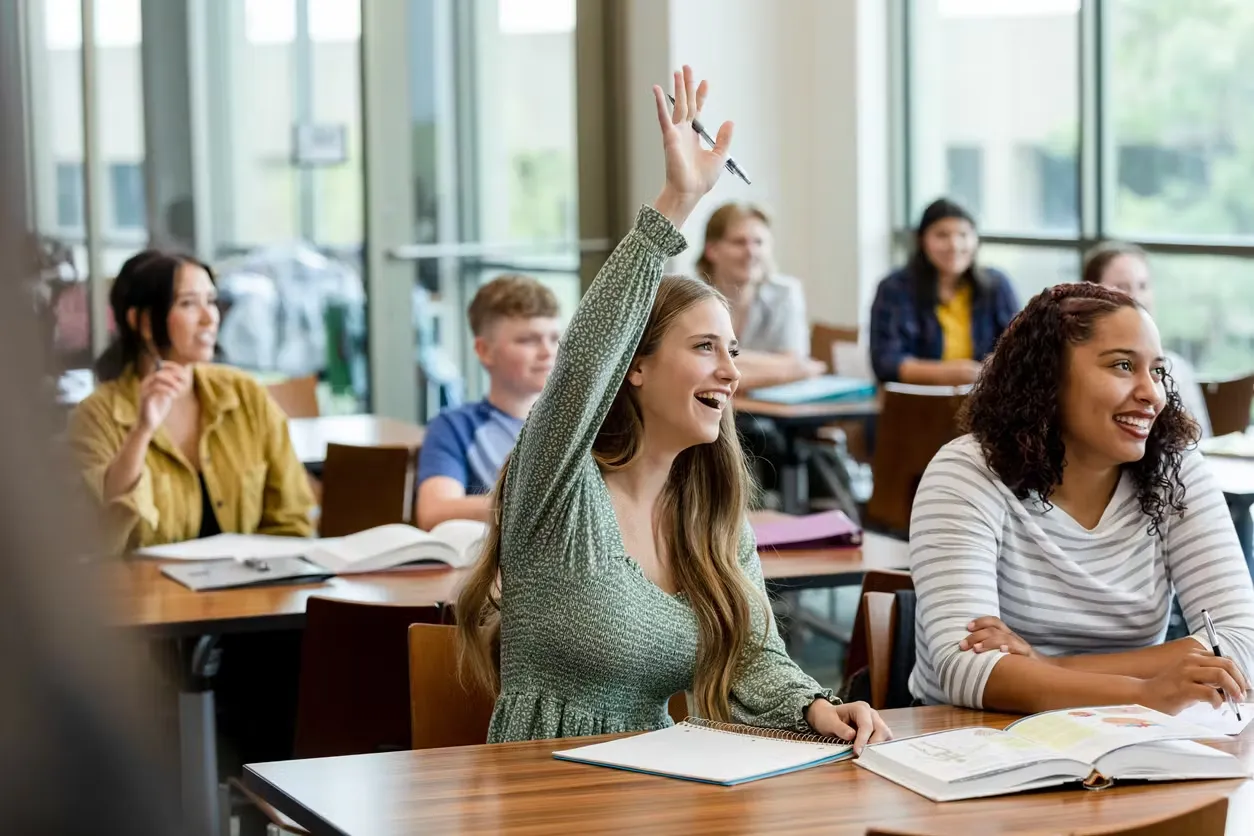20/08/2021
The project coordinated by Sabancı university will help develop a human epilepsy model on a chip

Coordinated by the Faculty of Engineering and Natural Sciences of Sabancı University, the project entitled “human epilepsy model on a chip” will be the first in vitro human epilepsy model fit for the design and testing of medication, and will enable the development of innovative steps that may positively affect the lives of epilepsy patients in the long term.
The project is coordinated by Nur Mustafaoğlu, member of the Faculty of Engineering and Natural Sciences of Sabancı University, and involves Prof. Mehmet Kaya and Prof. Bülent Ahıshalı from Koç University, Nasrollah Tabatabaei from Tehran University for Medical Science, Vahid Bazargan from Tehran University and Zahra Shiri from the Royan Institute.
Although epilepsy is a chronic neurological disease, the world of medicine has only limited information about the pathogeny of the disease in humans. As many refractory epileptic cases cannot be treated with existing medications, in vitro human epilepsy models are needed urgently. A project implemented under the coordination of the Faculty of Engineering and Natural Sciences of Sabancı University will positively impact the lives of patients with epileptic seizures. In this project, the aim is to merge microfluidic devices with sophisticated stem cell technologies to develop a human epilepsy model on a chip. This model will be the first in vitro human epilepsy model to include a blood-brain barrier (BBB) component and enable research into cellular interactions and scanning anti-epileptics that can permeate the BBB.
The project will last 18 months. In addition to Nur Mustafaoğlu, member of the Faculty of Engineering and Natural Sciences of Sabancı University, who acts as the project coordinator, Prof. Mehmet Kaya and Prof. Bülent Ahıshalı from Koç University, Nasrollah Tabatabaei from Tehran University for Medical Science, Vahid Bazargan from Tehran University and Zahra Shiri from Royan Institute take part in the project. The project is further supported within the framework of TÜBİTAK2535 Iranian Ministry of Science, Research and Technology (MSRT) Collaboration Program.
Sabancı University, the coordinating institution, will be respobsible for project steps which include obtaining brain vein and neuron cells from stem cells, putting these cells in a culture within microfluidic chips and ensuring they remain functional as they would in a human body. Prof. Mehmet Kaya and his research team from Koç University’s Faculty of Medicine will first build an in vitro blood-brain barrier model and contribute to the detection of barrier characteristics in endothelium cells. Afterwards, they will provide both experimental and theoretical support to determine the functions of neurons in the in vitro epilepsy model and understand the impact of blood-brain barrier characteristics on these neurons. Microfluidic chips will be designed and manufactured in Iran by a team coordinated by Nasrollah Tabatabaei with the participation of people from various universities and institutes. The results of the work of the teams in Iran and Turkey will eventually be merged to generate a model fit for medical trials in a microfluidic chip environment by using live cells from humans with epilepsy.
Pointing out that although epilepsy was a chronic neurological disease, the world of medicine had only limited information about the pathogeny of the disease in humans, Nur Mustafaoğlu highlighted that in vitro human epilepsy models were needed urgently.
Saying that the ‘epilepsy model on a chip’ project would have both a scientific impact in the field and a social impact on public opinion, Nur Mustafaoğlu continued, “The technology and knowledge developed for the design and manufacturing of the chips and for the diversification of stem cells will open new routes for further research. In addition, the epilepsy on a chip model will be the state-of-the-art in vitro human epilepsy model to be used in the development of medications. It will also act as the best tool to study cellular and mechanical interactions during epileptogenesis. Therefore, this project’s results will potentially contribute to the development of new medications that make life easier for many people with epileptic seizures.”




















